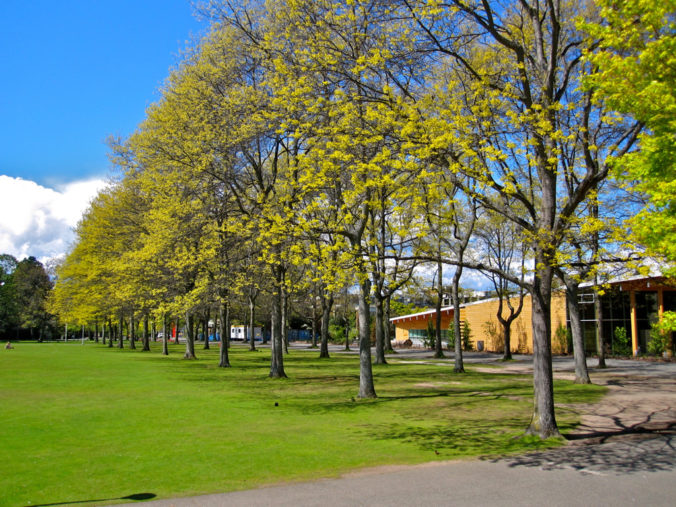Learning Theory and Design
Each learning theory is defined well and the rational of how each of the three theories are addressed and utilized throughout the course is well defined. It is a good idea to address how the learning theory is utilized and helps the learner understand how they vary.
Slight spelling mistake in the first paragraph of “Direct Instruction” – the last two words of this paragraph are repeated:)
You have done a great job of explaining how direct instruction is used early on in the modules. As this is where learners start the learning process, direct instruction is the best way to present new information to a learner (in my opinion), so well done.
You have done a great job of incorporating quotes and attributing learning theories appropriately to their creator.
However, I would recommend using in-text citations such that the reader can easily link the reference with the correlated paragraph . Numbering your references and then referencing the references with [1], for example, would be a good coherent way to do so.
Learning Context and Inclusive Design
Learning context as a term was well defined.
I would recommend, in this section, to identify who specifically your audience is and what past experience or classes they should have taken.
Technology Rationale
Great choice of technology. All learners appreciate it when the technology of materials needed for the course are free.
Learning Outcomes
Great job clearly defining the learning outcomes and what you expect from the learners by the end of the course.
Assessment Plan Overview
I like how you have incorporated both group and individual assignments. The overall assessment plan is distributed and weighted appropriately. A summative assessment of 25% is a good weight for a final exam. My only question would be how will you allow or not allow students to use chatgpt while writing this exam if it is openbook? Maybe a closed book exam would be a better approach such that students cannot simply use chatgpt to answer such questions.
Course Modules
Overall, the modules are very well organized and easy to navigate. I like how you have included an option at the bottom of each module to jump to the next one.
The interactive questions/quizzes are well put together (and work) – well done.
Good job outlining the limitations and challenges of the program.
General
- Number your references and utilize in-text citations
- Possibly discussing further into the ethical use of the program. Is it really a good program to use for most university programs? negative aspects to the program need to be discussed in more detail.
- overall, well done. I like the layout of the website and I’ve learned something just by reading through it! well done.

Recent Comments